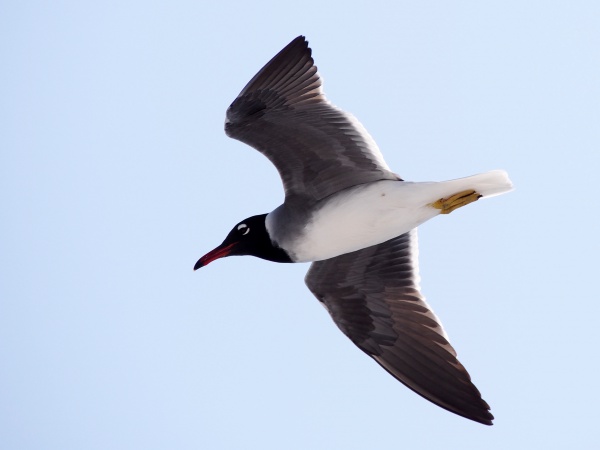Facts About White-eyed gull
The white-eyed gull is a small, distinctive bird found exclusively in the Red Sea. With an estimated population of just 4,000 to 6,500 pairs, it ranks among the rarest gulls globally. Due to threats from human activity and oil pollution, it is classified as Near Threatened by the IUCN.
These gulls are closely related to the sooty gull and are typically categorized in the genus Larus. Adult white-eyed gulls are easily identifiable. During the breeding season, they exhibit a striking black hood that extends to their upper throat, medium-dark grey upperparts, and a white underbody. They achieve their full adult plumage at two to three years of age. Juvenile gulls, in contrast, display a chocolate brown coloring. One of the most distinctive features of the adult white-eyed gull is its long, slender bill, which is deep red with a black tip.
White-eyed gulls breed on inshore islands in the Red Sea from July to September. For the remainder of the year, they can be found throughout the Red Sea, with some individuals even traveling to Oman and Somalia.

 Libya
Libya